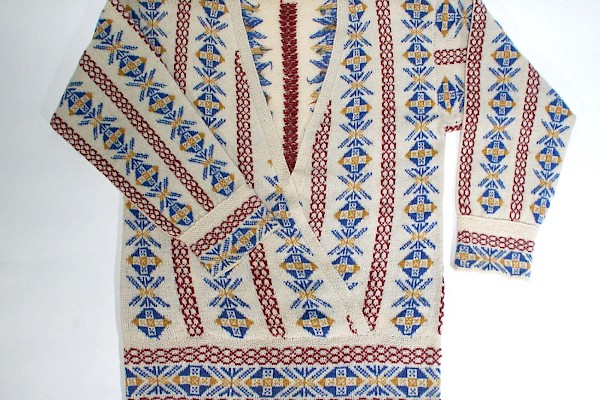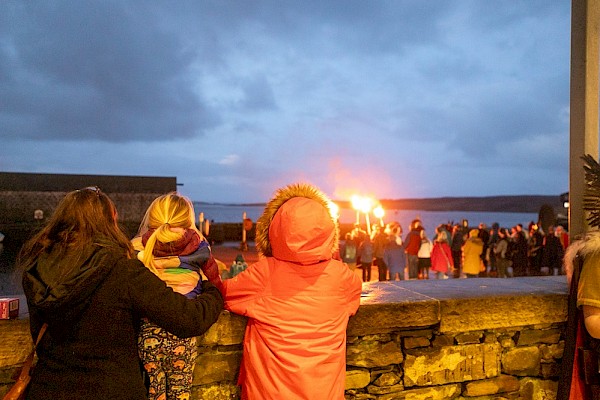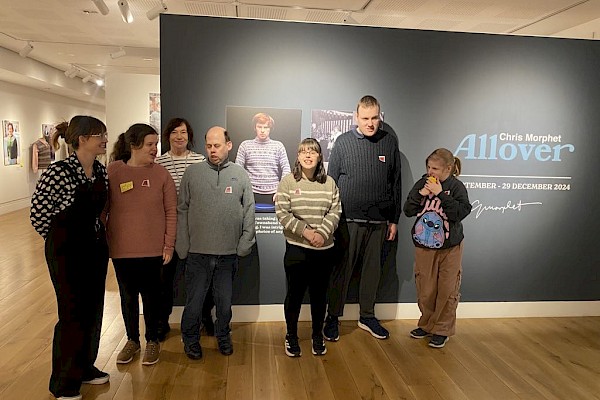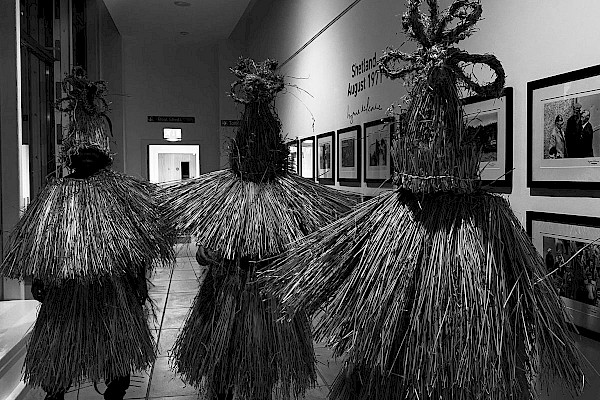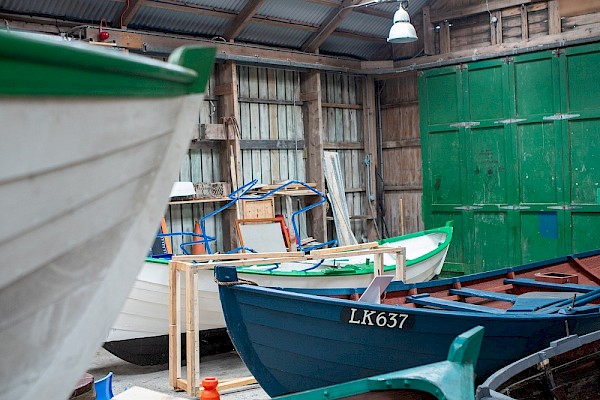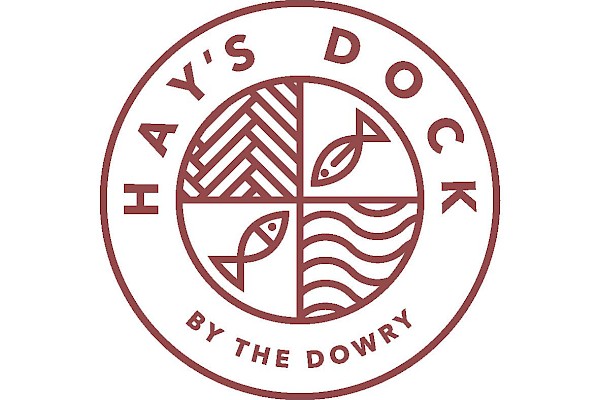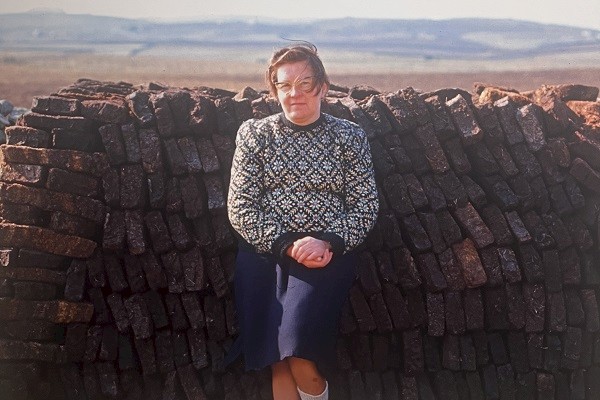The Coronation
The Coronation of 2 June 1953 is a long way away now, in a vastly different world and culture. True, a major war was going on, but the Korean armistice was to begin in July, after a final Chinese offensive on 10 June, and the Cold War was fully active in Europe. National service was a central experience for young British men, and end of empire conflicts such as the Kenyan and Malayan emergencies were ongoing. It was a sombre world for some, but World War Two was slowly falling further behind, and the last vestiges of rationing were passing. Confectionery rationing had ended in February, and there was a young Queen to dote on.
Some Shetlanders were in London for the event. Sir Basil Neven-Spence, the Lord Lieutenant, the Lerwick Provost George Burgess, and Captain M.M. Shearer from the Territorial Army, among others. Some of the Shetland diaspora were in the crowds, and some might have watched on TV. The Coronation was a watershed in British media as more people followed it on TV (20 million) than on the wireless. Shetlanders in Shetland didn’t get the chance, as television only got here in 1964.
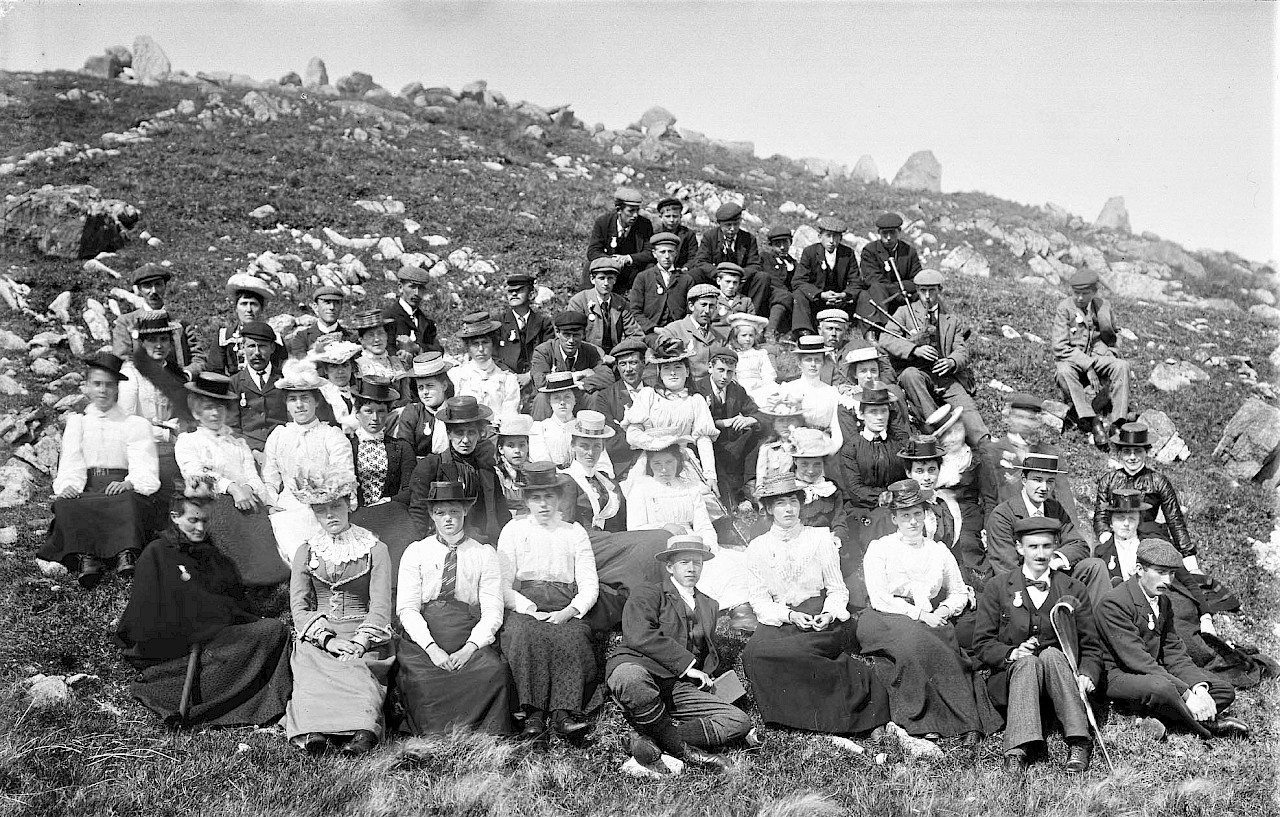
It seems to have gone well enough without TV. Parades, church services, sports events, concerts, dances and bonfires were the means. Spurs football club got going early and selected their own Coronation Queen on 29 May. She was Mona Nicolson of King Harald Street, getting a silver cup and a fiver for her efforts. Five pounds wasn’t too bad a prize in 1953, a weekly wage of nine pounds per week was common, and in Shetland it was certainly lower.
The weather wasn’t good for the events planned for Monday 5 June. Outdoor sports got drenched in heavy rain. It was Shetland in June, after all, and most places had a backup plan for children. Lerwick had free film shows and a puppet show in the Garrison Theatre. Things went better on the actual day of the Coronation, Tuesday 6 June, and in the evening Lerwick held three balls. The town buzzed with social activity.
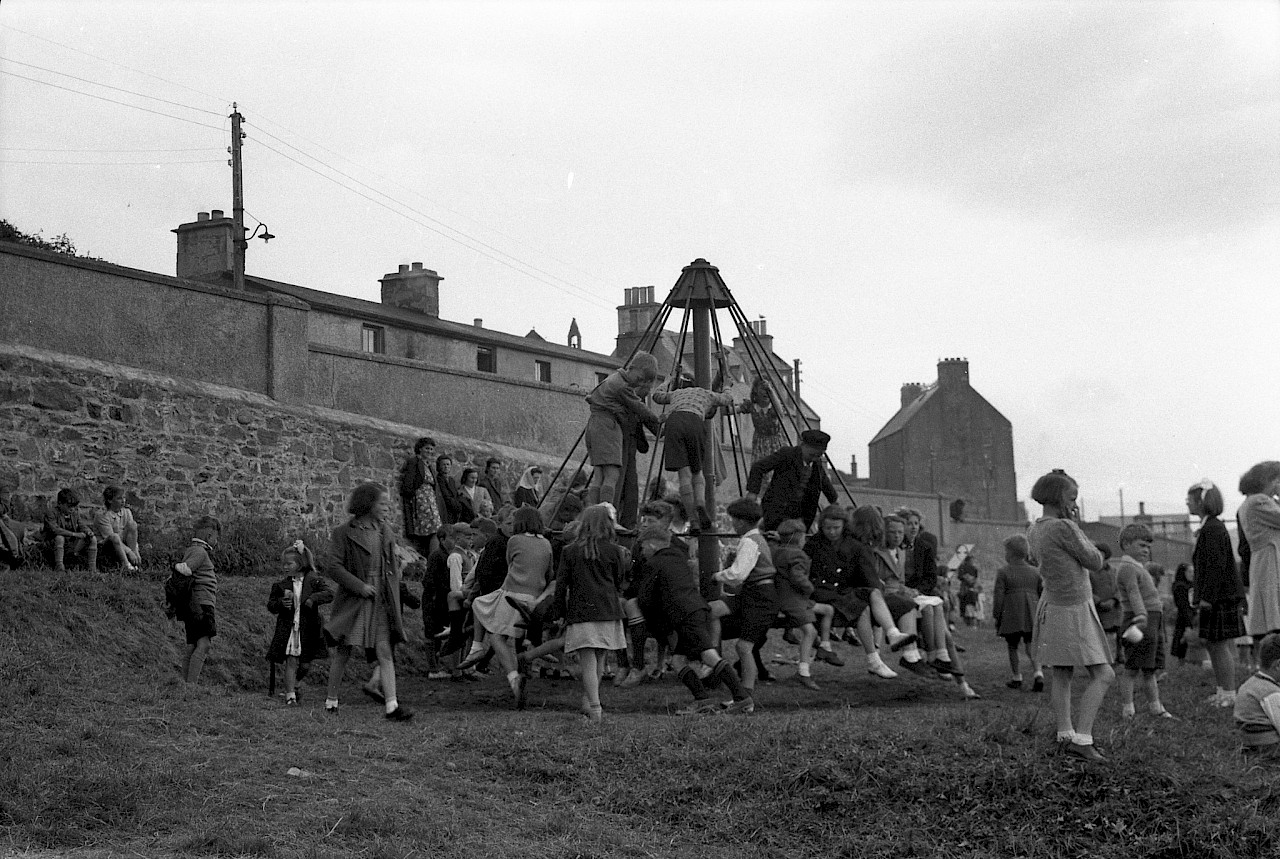

The Territorial Army held a “Military Ball” in the TA Hall, there was another in the Grand Hotel, and the official Coronation Ball in the Town Hall. The archives hold a body of material for that one, including a list of invitees, and a programme. Baillie W.K. Conochie provided a radiogram so the attendees could hear speeches by the Prime Minister Winston Churchill, and the Queen herself. Dancing began Shetland fashion, with a Boston Two-Step, and stretched over twenty-five dances, including a couple of eightsome reels, along with a couple of quicksteps and a tango. It would be nice to know if there’s a programme out there with partners annotated against the dances.
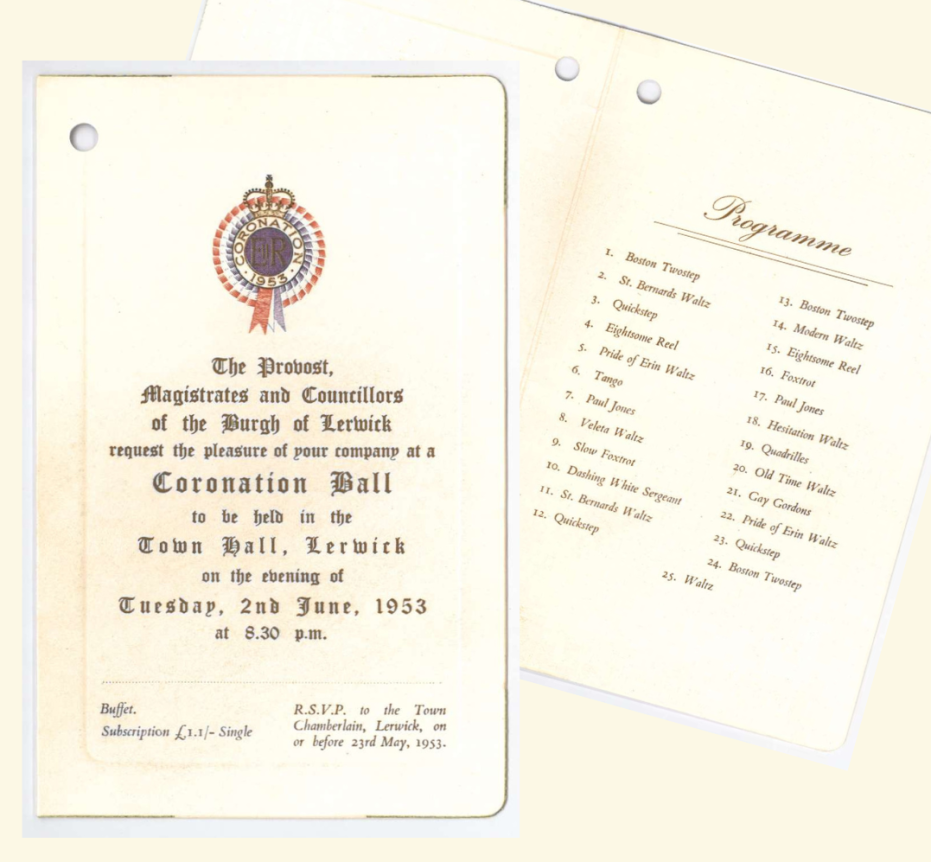
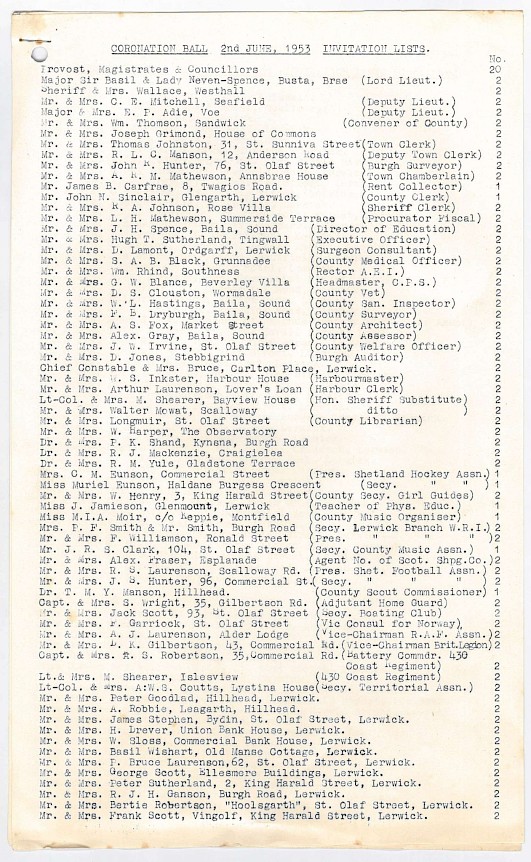
Lerwick held a bonfire on the Staney Hill, Sandwick had one at the Whirlie, and Cunningsburgh at the Scoo. The Reawick Wart saw a bonfire 26 yards round, aided by Jack Priest and his tractor, and ignited by the local Coronation Queen, Diana Anderson. Uyeasound lit up a fire at the Standing Stone. North Unst made Shetland’s most ingenious effort, not just a bonfire on Saxavord, the island’s highest point, but a dance as well. There were still some wartime military buildings on there, and one of them got done up so North Unst could dance into the night – which they did.
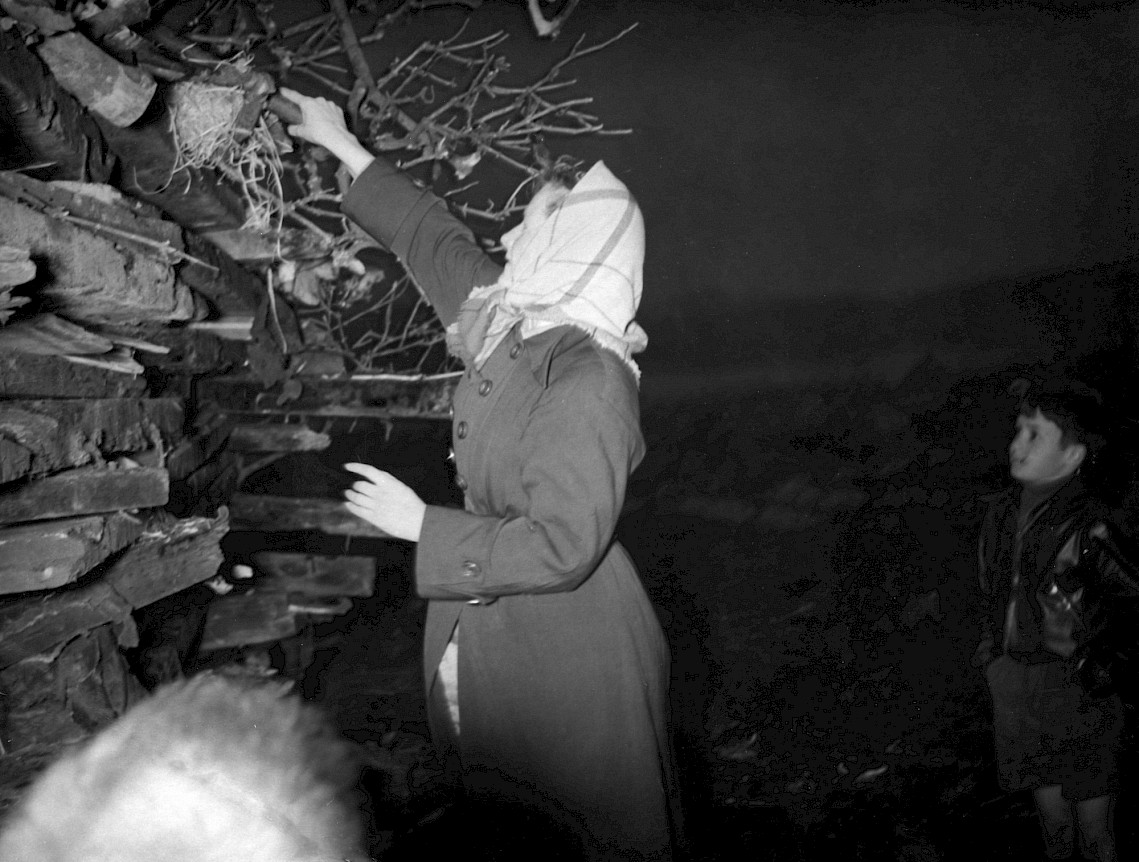
The new Queen was to visit Shetland three times, beginning in 1960 as the first reigning monarch to visit since King Haakon in 1263. Some Shetlanders didn’t favour her Coronation – somebody pulled down some of the Lerwick decorations. James G. Peterson, proprietor of Grantfield Stores, and organiser of Lerwick’s monarchical beautification, said those people deserved a word of censure. Provost Burgess said all the councillors would agree with him. The weather was a far bigger problem for the celebrations than dissent, though. Shetlanders went out for the Coronation, and had a pretty good time.
